
The Bucs' often despised owner fought his owner comrades to get games televised
You’ve all read THE PESSIMIST, who spews his Bucs-related anger like no other. But Joe brings you THE OPTIMIST.
THE OPTIMIST is Nick Houllis, a Bucs fan and an accomplished writer whose steadfast allegiance to the team goes back to the 1970s. Houllis is the founder, creator and guru of BucStop.com, a place Joe goes to get lost in time via Houllis’ stunning video collection.
THE OPTIMIST will shine that positive light in your eyes. Some will love it. Some won’t.
Today, THE OPTIMIST serves up an intriguing history lesson exploring the positive impact of Hugh Culverhouse. Joe learned a few things. Enjoy.
Whenever anyone wants to pin blame on the old Orange Bucs’ 14 years of losing seasons, one word comes to mind: Culverhouse. That’s Hugh Culverhouse, first owner of the Tampa Bay Buccaneers.
He has been accused of being cheap, racist and greedy, yet amazingly I’m going to tell you that at one time, Culverhouse was the epitome of what an NFL owner should be!
To be entirely correct, Culverhouse was not even the first owner of the Bucs, or at least he wasn’t supposed to be. Tom McCloskey, a Philadelphia builder was the original franchise winner (Imagine that, a Phily guy owning the Bucs). McCloskey took a closer look at what was involved and passed. The NFL turned to a Jacksonville tax lawyer who made millions in real estate. Culverhouse put $4 million down and bought the Bucs.
Big deal you may say, we knew he had money; but you didn’t know he spent money did you?
Big Names, Big Bucks
At that time, John McKay was like Jimmy Johnson or Steve Spurrier; an innovative coach who created the I formation and his style of the 3-4 that shut down running teams. Culverhouse lured McKay from his cushy home in Southern Californai where he was winning national championships every few years.
Before luring McKay to the Bay Area, Culverhouse got Oakland Raiders GM Ron Wolf to come to the Bucs and fill the same role. “Build a championship team like you built the Raiders.” So in 1975, the Bucs had their architect, then he set out to develop the right look. Wolf was responsible for building a Bucs team that won a division championship faster than any other franchise ever had, in four years. Wolf would later build the 1990’s Green Bay Packers; and Culverhouse spent well for him.
Culverhouse did not want a ‘toothless pirate’ for a logo, he wanted something classy, something Errol Flynn. Bucco Bruce was born of Tampa Times and Tampa Tribune artist Lamar Sparkman. So don’t think Culverhouse wasn’t capable of conjuring up a team that was tough…at the time, the Bucs were the ONLY uniforms with a hand drawn helmet logo. He wanted it classy, and Florida Orange went over so well, 40 years later we’re celebrating it once a year.
Money was no object back then for Culverhouse, who spent $1.75 million on what was then a state of the art scoreboard capable of showing video tapes and animated action. This was after Culverhouse got through the lease with the Tampa Sports Authority, an 80-page document that took 14 weeks to negotiate, and is a better lease for the public that we have now with Raymond James.
Today, the Glazers keep ALL concessions. Back then, Tampa Sports Authority got some of the revenue, too. Not bad for a cheapskate.
Fighting with the Fins
Culverhouse even caught the ire of fellow owner Joe Robbie, whose Miami Dolphins teams had complained about the ongoing preseason exhibition games against the Bucs; that Tampa Bay players were taking it too seriously, and Robbie didn’t want to play the Bucs anymore.
Then there was the issue where Culverhouse single-handedly changed the blackout rule in favor of us, the Public. Culverhouse okayed the Bucs’ local TV to telecast the Bucs/Dolphins preseason game after it sold out. Robbie was old school, and dead set against this.
Back then owners did not want ANY home games — preseason or regular season — on TV; they felt that would generate last-minute ticket buyers, rather than people buying their tickets ahead of time. How wrong the owners had it, and how right and what a visionary Culverhouse was. He strong-armed Robbie into agreeing to the broadcast and the first ever preseason game was on TV.
Culverhouse understood what it meant to finance a ‘start up’ before the phrase ever even became popular. He knew you had to spend money to make money, and he wasn’t afraid to do it. His famous phrase on the opening night public address system …”We’re here for one reason and one reason only, to bring the fans great professional football (to Tampa Bay)”…and he meant it.
Doug Williams Debacle
So what happened? Well for starters, Doug Williams.
In 1982, Doug Williams was in his fifth and final season, which saw his completion percentage increase each year. Still, when your rookie percentage is 42 percent, you have nowhere to go but up. Keep in mind though this was before the advent of the West Coast offense, back in a day when you ran the ball and took shots downfield. Williams would throw the ball away to live to throw another day; he was one of the least sacked QBs in the league back then, only going down nine times in 1979.
Then negotiations went bad; each side fired shots at the other via the media, which is why you don’t hear things anymore like this. Williams reportedly wanted $600,000 a year. Top QBs back then were Archie Manning (600k), Ken Stabler (450k), Joe Ferguson (440k) and Steve Bartkowski (410k). Williams was not up to the level of these Quarterbacks yet, it could be argued, but Williams was a leader, a winner.
He was currently being paid $120,000, and he felt it was because of one reason; he was black. John Elway was a rookie and signed a $1 million contract, as had Dan Fouts. At some point, though, Williams request went up to $850k. Eventually the Bucs offered $600k, but it was too late. The Bucs had signed Jack Thompson, paid him $200,000, then offered Williams an ultimatum; accept the deal by the start of camp, or it’s gone.
So Williams, the Bucs’ quarterback that guided the team to the playoffs three of the past four years, was gone. After he left, the Bucs went 2-14! They traded a No.1 for Steve Deberg a year later, as Jack Thompson did not work out. The Bucs started to lose, and we all know what losing does to a fan base.
In 1986, the Bucs had the No. 1 pick, and wanted Bo Jackson, stellar running back out of Auburn; but Hugh Culverhouse and the Bucs screwed up again. They flew Bo in a private plane and ruined his final eligibility. They then gave him an ultimatum, baseball or football. Doug Williams was telling Bo what to expect from Culverhouse, and Bo chose Kansas City and baseball over Bucs and football.
IF that wasn’t enough, in 1989 Culverhouse claimed the Bucs were losing money, and had to move three home games to Orlando’s Citrus Bowl to expand the local fan base. When Culverhouse passed away, papers showed the Bucs were not only profitable but one of the MOST profitable franchises out there.
His death led to family fights for the franchise that ended with the sale of the Bucs to the highest bidders. In the end, the Culverhouse legacy was a Bucs team that did not even know if it was going to stay in Tampa Bay or not, and then along came the owners known as the Glazers who spent money on the team once again, and turned it into an eventual Super Bowl winning football team.
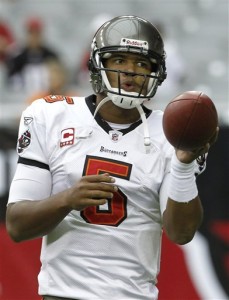 So what the heck are the Bucs actually doing on the field at the IMG Academies?
So what the heck are the Bucs actually doing on the field at the IMG Academies?




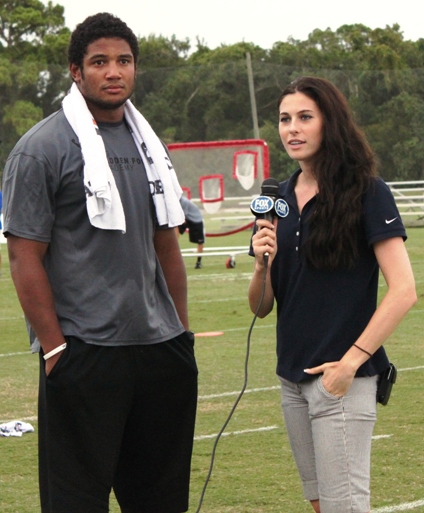
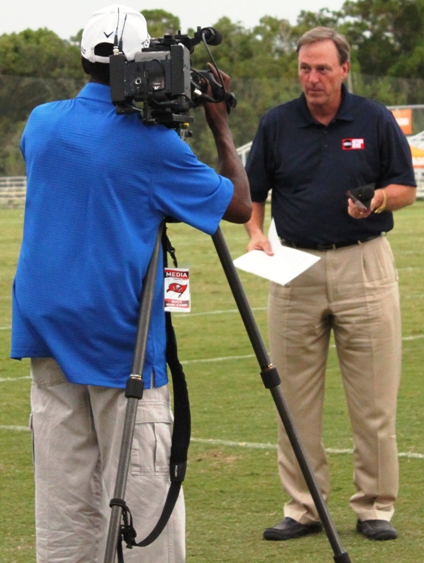
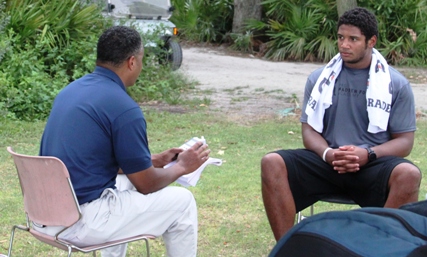
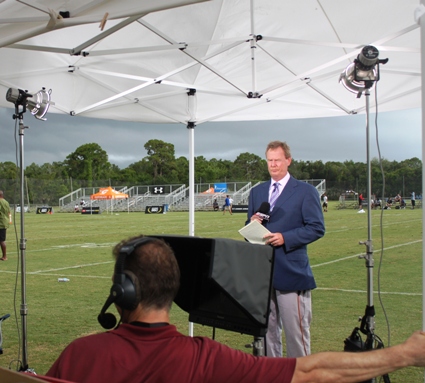
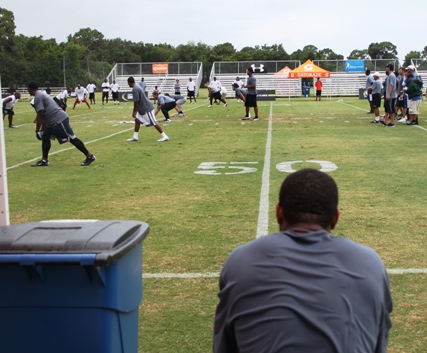
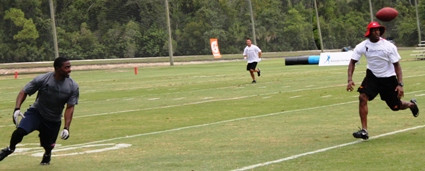
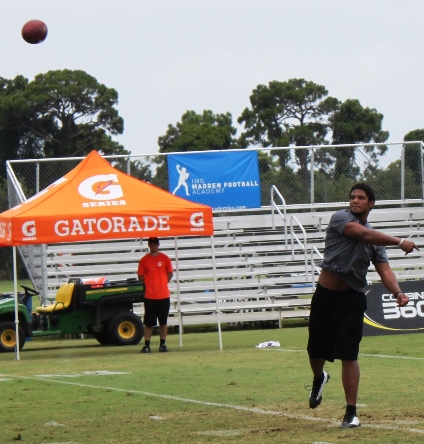
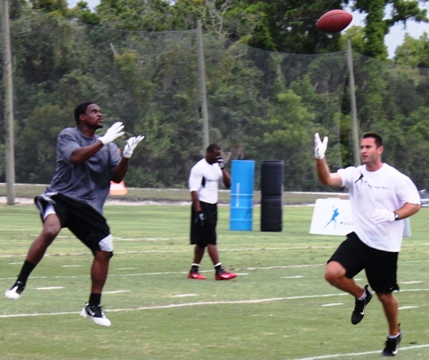
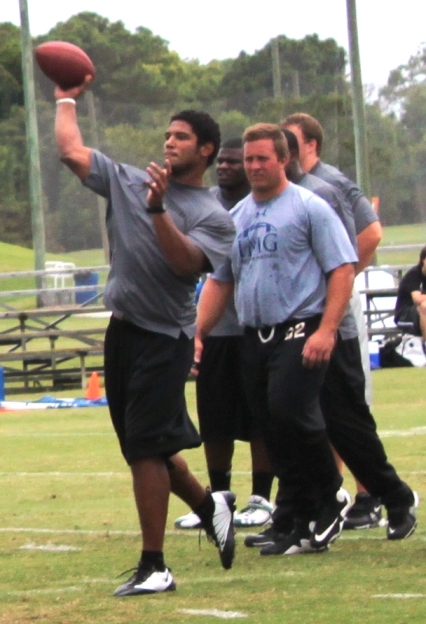
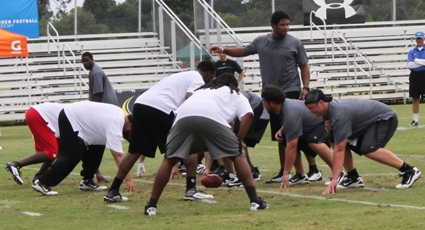
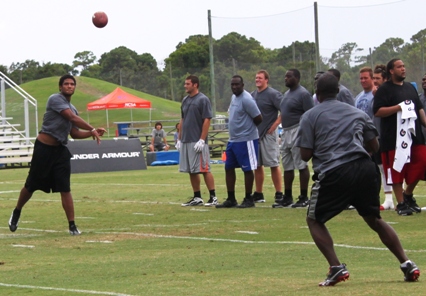
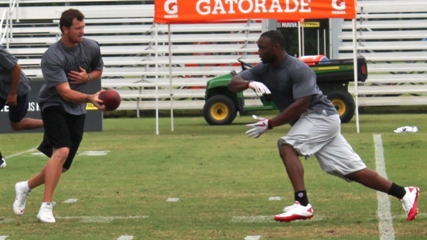
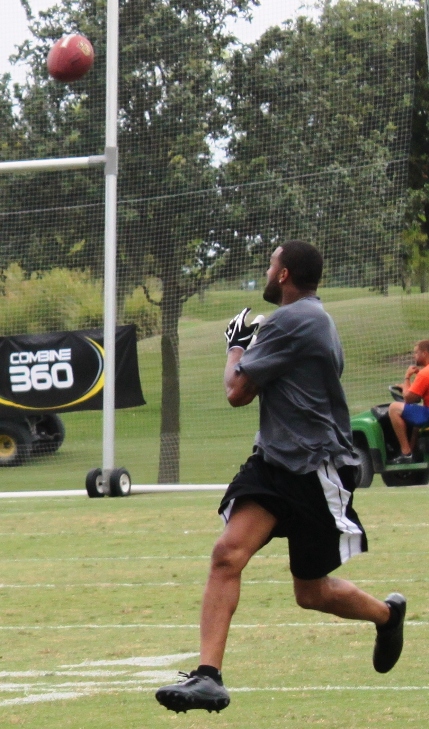
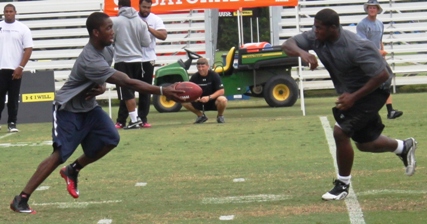
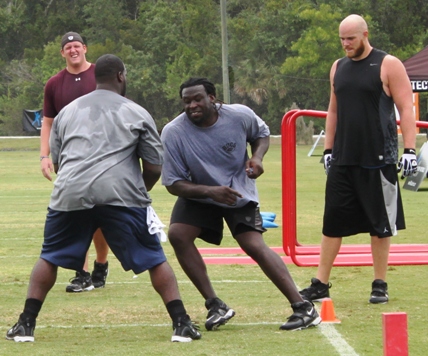
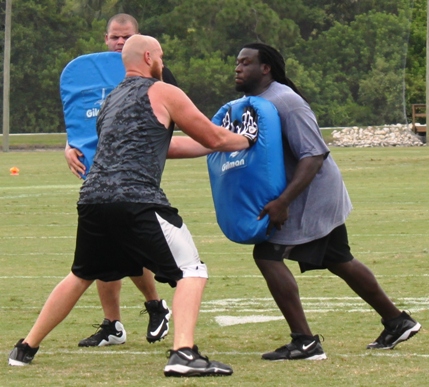
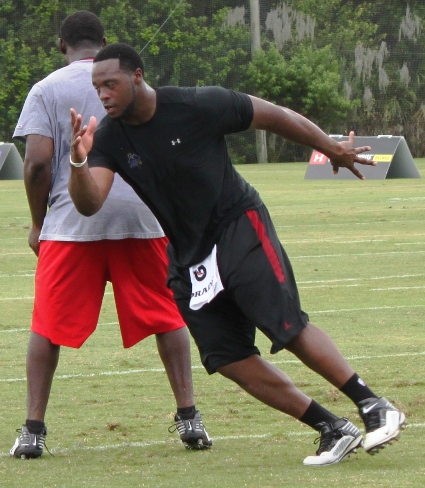
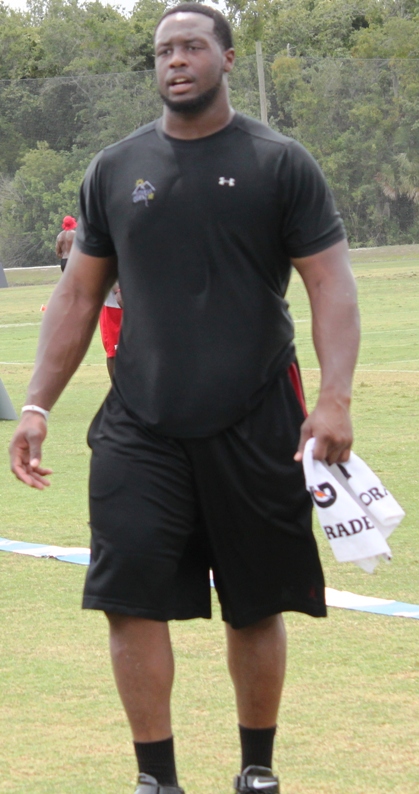
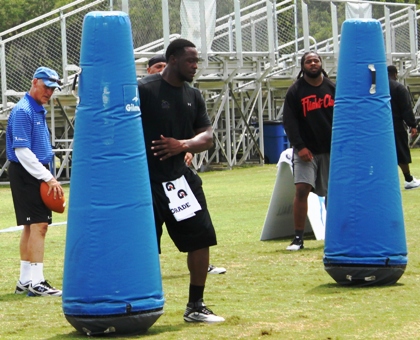
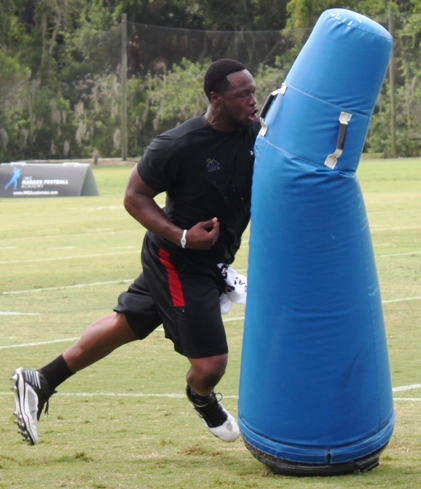
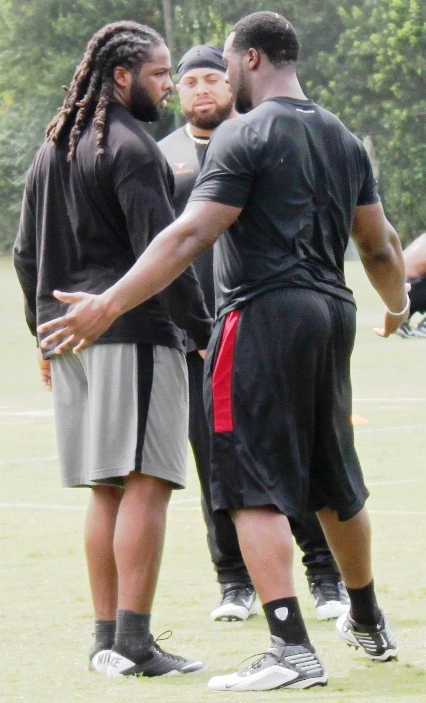
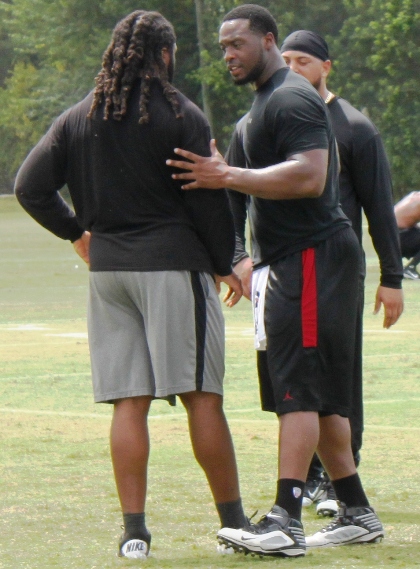
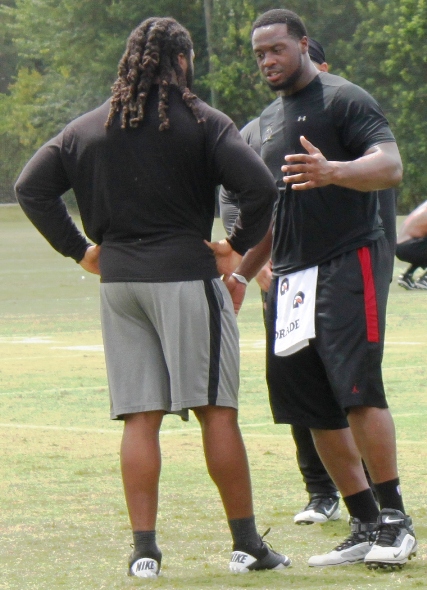
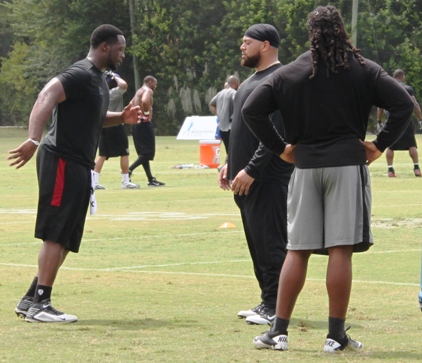
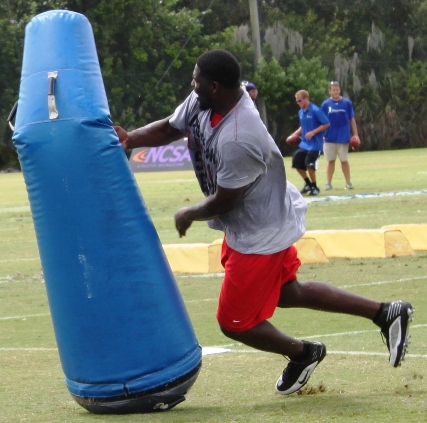
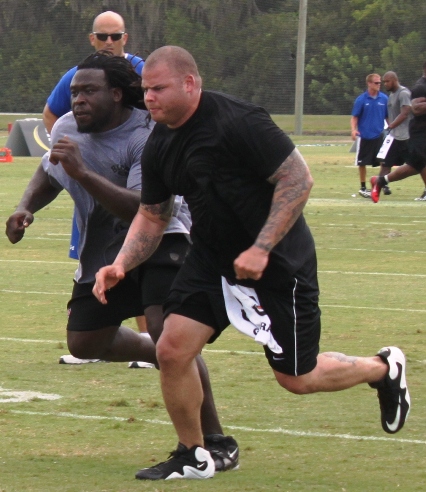
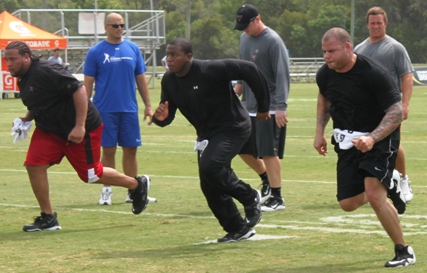
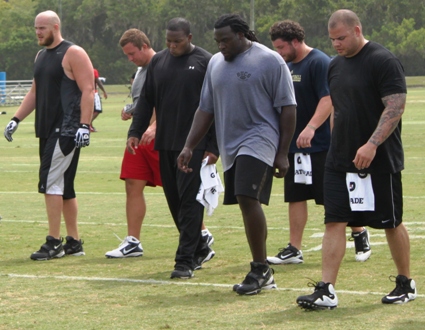
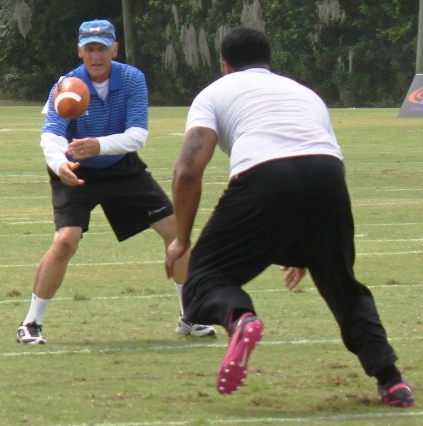
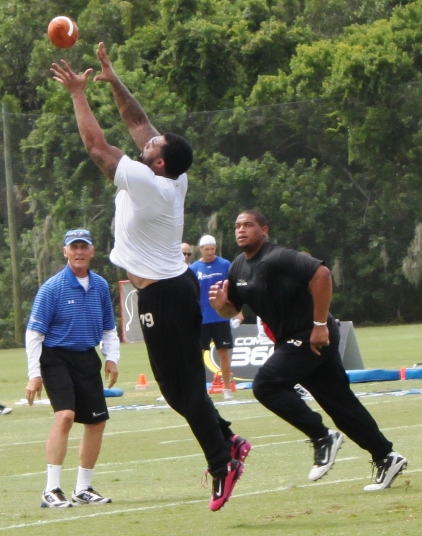
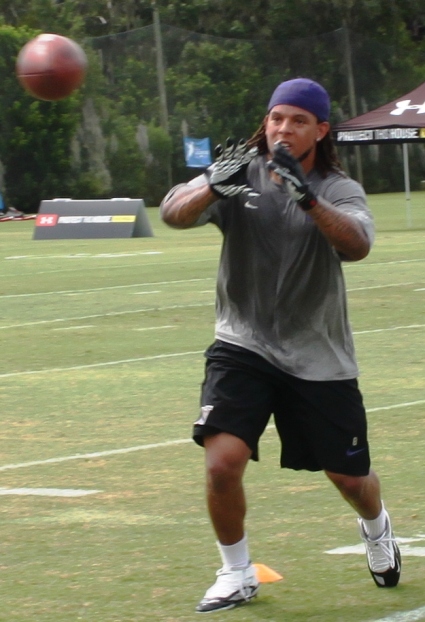
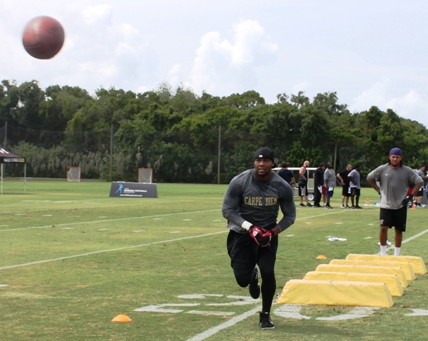
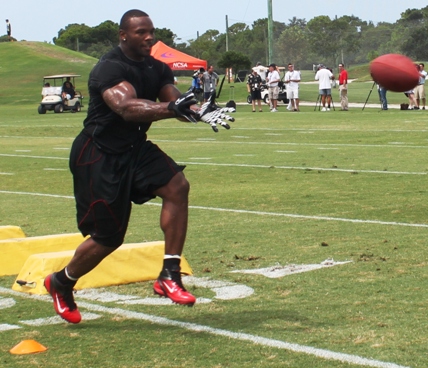
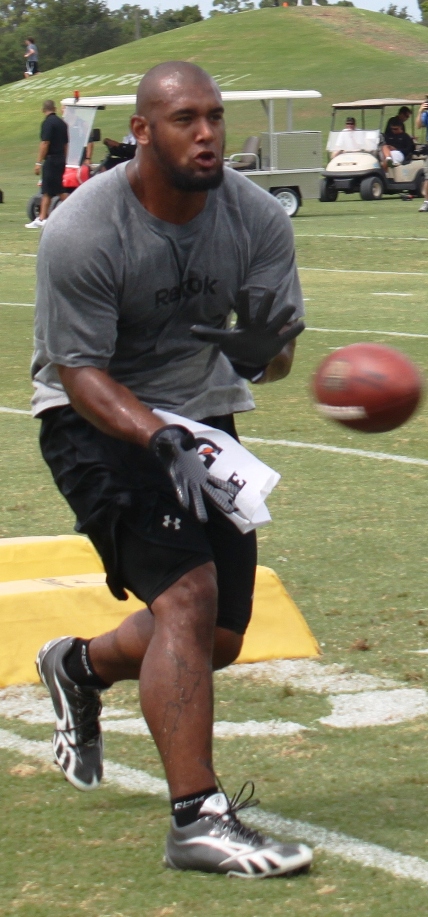
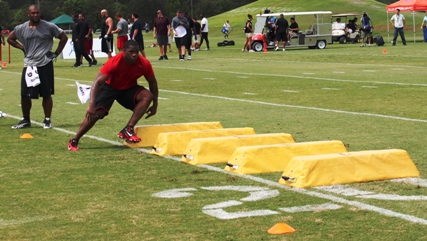
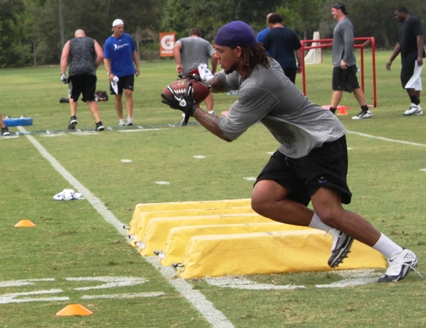
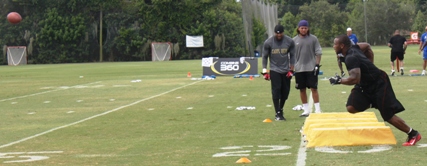
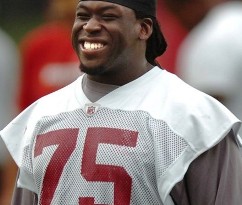
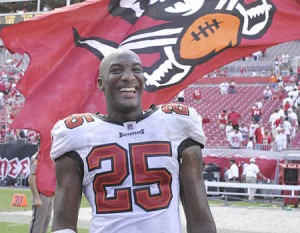

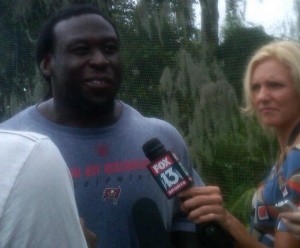
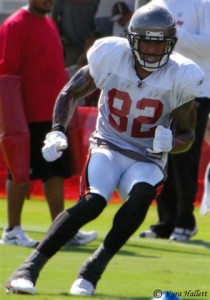
 Now Joe’s not about to claim intimate knowledge of the personal lives of Bucs players, but one would think the players who want to be Bucs next season would be present — though not necessarily participating — at the players-only, three-day minicamp kicking off today in Bradenton.
Now Joe’s not about to claim intimate knowledge of the personal lives of Bucs players, but one would think the players who want to be Bucs next season would be present — though not necessarily participating — at the players-only, three-day minicamp kicking off today in Bradenton. Kareem Huggins, Brian Price and Arellious Benn are among the injured Bucs here at today’s minicamp in Bradenton but they’re on the sidelines nursing injuries, Tampa Tribune beat writer Roy Cummings reported moments ago.
Kareem Huggins, Brian Price and Arellious Benn are among the injured Bucs here at today’s minicamp in Bradenton but they’re on the sidelines nursing injuries, Tampa Tribune beat writer Roy Cummings reported moments ago. Joe is sweating his ass off at the Bucs players minicamp in Bradenton. Loving it, but feeling the heat nonetheless.
Joe is sweating his ass off at the Bucs players minicamp in Bradenton. Loving it, but feeling the heat nonetheless.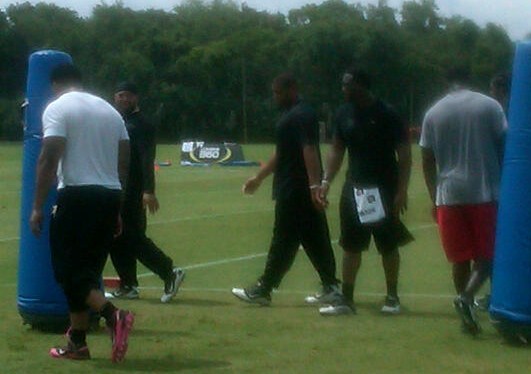
 Perhaps a new leader has emerged among the Bucs offensive line, and it’s not Jeff Faine.
Perhaps a new leader has emerged among the Bucs offensive line, and it’s not Jeff Faine.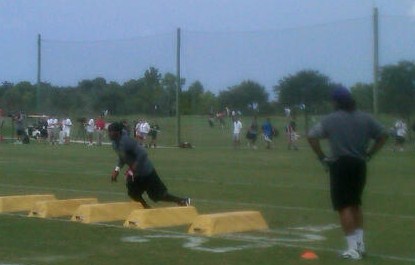
 Maybe the Bucs want insurance at running back other than “Insurance Graham?”
Maybe the Bucs want insurance at running back other than “Insurance Graham?” Most Buccaneers are scheduled to take to the practice field in Bradenton today and, barring Joe keeling over from the excitement of actually seeing glorious football again, Joe will bring you all kinds of nuggets and information from camp.
Most Buccaneers are scheduled to take to the practice field in Bradenton today and, barring Joe keeling over from the excitement of actually seeing glorious football again, Joe will bring you all kinds of nuggets and information from camp.

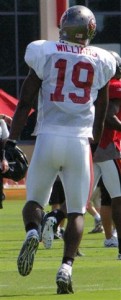
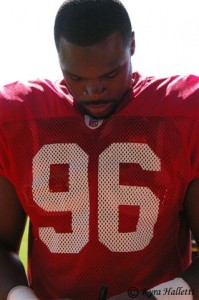

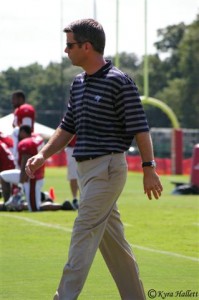

 Raise your hand if you think the Bucs are building to win a Super Bowl this season.
Raise your hand if you think the Bucs are building to win a Super Bowl this season.

